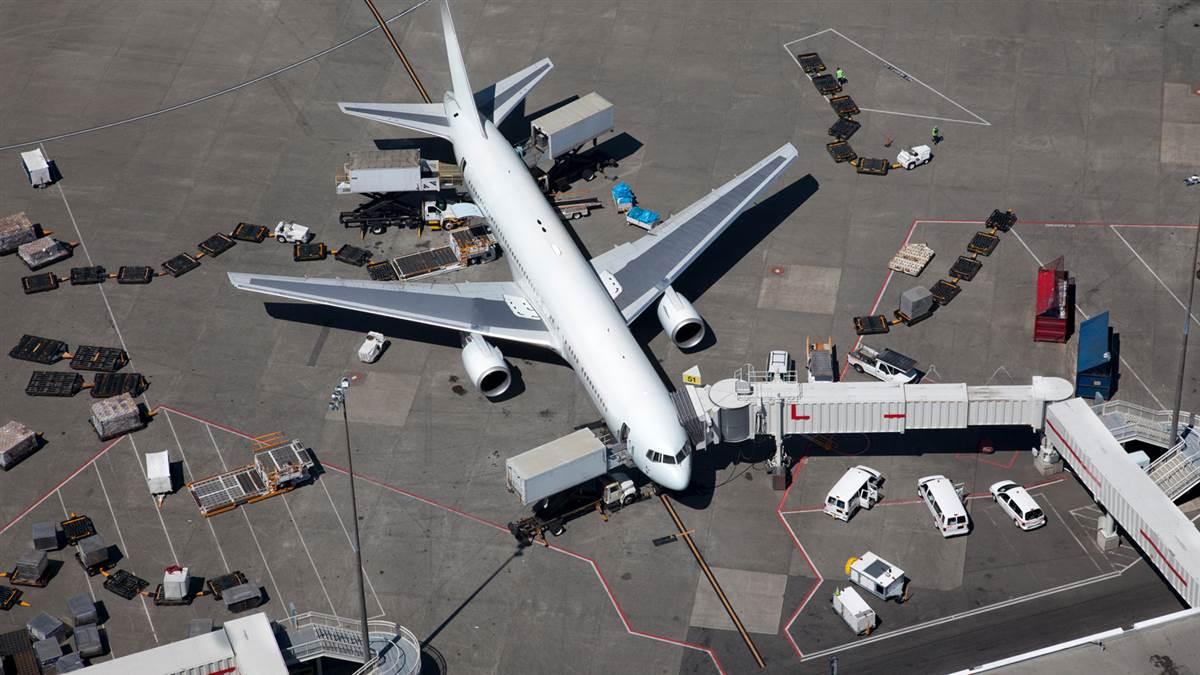Ramp control
Like most airlines, mine is hiring in droves. Of late, this has led to a lot of discussions with fellow pilots, including those who are in our training departments or hoping to be one of the trainers. A common point of discussion is the process of transitioning to an airline from a non-airline job.

Something that is unique to the airlines is the concept of ramp control. Every major hub airport has some form of ramp control, and some non-hub airports do as well. Ramp control is essentially a miniature air traffic control for part of the taxi operations to control traffic flow in and out of the gates. In most cities, the ramp is run by the airline itself, but in others, it’s run by the local airport authority. Think of ramp control as the Class B airspace of the ground: You must have permission to enter, you must be clearly identified, and you must establish two-way communication.
In addition to ramp control, there are other entities or departments you may have to speak with while on the ground and at the gate, including operations and maintenance. Operations—ops—consists of the folks who handle most generic requests such as getting the airplane catered or fueled, getting wheelchairs for passengers, and managing delay issues. Think of ops as the service counter in a large store: You go there first, because they handle the largest variety of “stuff,” and when you ask a question that is outside their purview, they can point you in the right direction. Maintenance control handles—you guessed it—maintenance issues, and depending on the airline, they may handle a few items you might expect ops to handle. For instance, seatbelt extenders and life vests are usually handled by maintenance.
But if you want to move on or off the ramp, you need to talk to ramp control. They coordinate pushbacks, since they can see what you can’t, and they work in conjunction with operations and other departments to handle gate assignments. Not every airplane can use every gate, so this is a never-ending juggling act. The lingo used at various airports isn’t always standardized either. For example, in Atlanta, the taxi lanes are always referred to as the left and right lines, no matter which way you’re going. Using east and west would make more sense, but who am I to judge?
For new-to-the-airlines pilots, ramp control can be a bit overwhelming, especially since every airport does things just a bit differently. The pushback language is fairly standardized, but it is still something to be learned. Spot numbers painted on the concrete can also cause confusion, and in a few airports, it is necessary to coordinate between ramp control and ATC ground for permission to push back on to an active taxiway. In the midst of all this, communication with the pushback crew outside the airplane is critical, so as a general rule, the first officer—the new guy—handles the radio communications with ramp control, and the captain handles the communication with the push crew.
There isn’t a lot of time spent on ramp operations in training. It isn’t considered a critical piece of the pie in the big scheme of making sure you can handle your new airplane, so you might only get a taste of it in the simulator. It doesn’t help that, in the sim, you’re the only airplane moving, so you get lulled into a false sense of how serene and easy it might be. The truth is, the ramp control frequency can be the busiest one you might deal with all day, and you need to quickly learn to be on your game. Fortunately, most airlines use dedicated pages in their Jeppesen sets to discuss various airport operations, so taking some time to understand the hows and whats can make a big difference. Likewise, take some time to study taxi diagrams, and when possible, get a tour of a ramp control facility so that you can see it in action and get some questions answered.
Are you ready to push?


